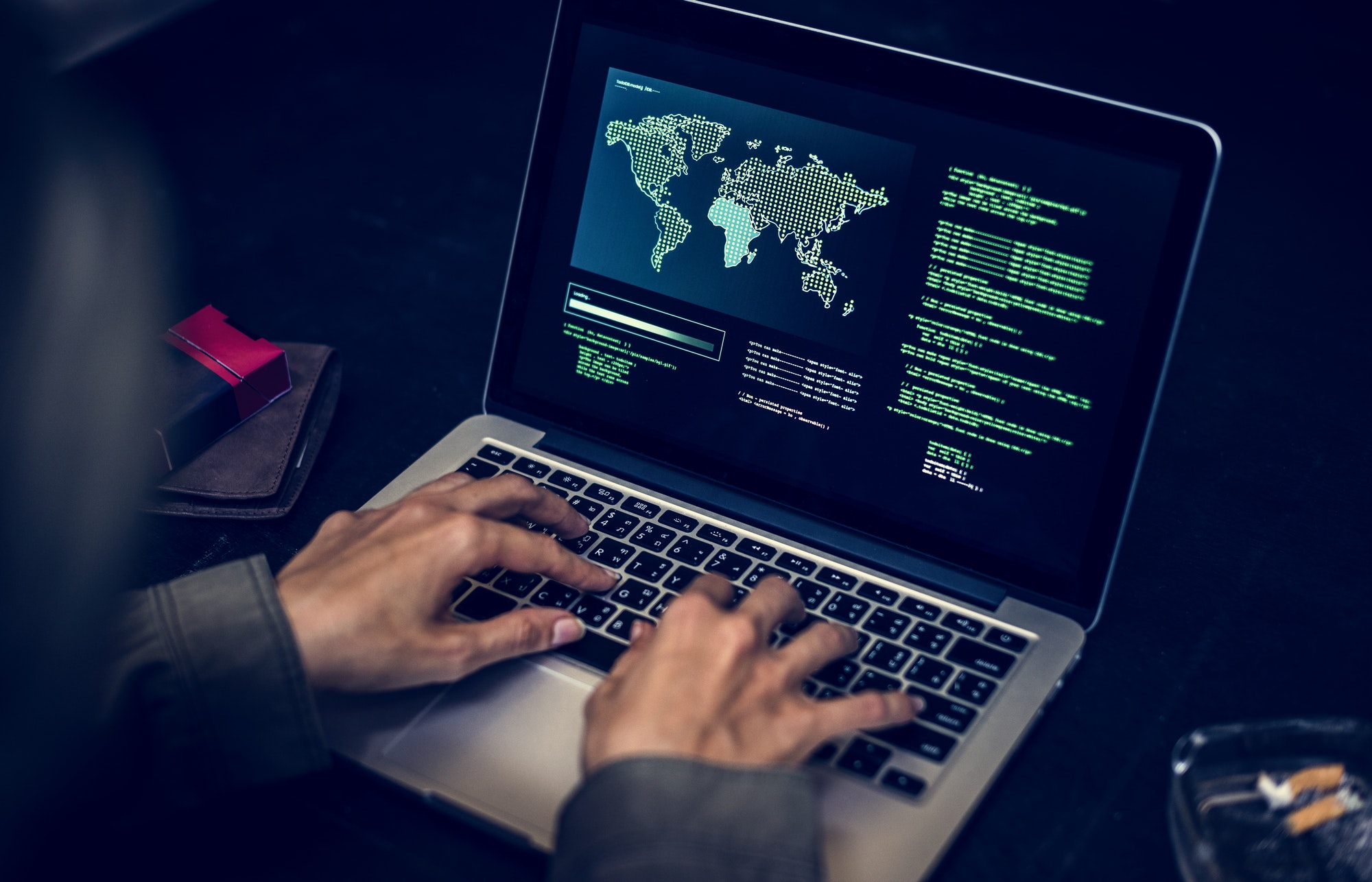Hi, I'm a global tooltip.
End-to-end encryption (E2EE) is a method of secure communication that prevents third-parties from accessing data while it’s transferred from one end system or device to another. In an end-to-end encryption system, only the communicating users can read the messages. No eavesdropper can access the cryptographic keys needed to decrypt the conversation, ensuring privacy and security.
Here’s how end-to-end encryption works and why it matters:
- Encryption Process:
- Sender’s End: When a user sends a message, the data is encrypted on their device using a cryptographic key.
- Transmission: The encrypted data is then transmitted across the communication channel, whether it’s the internet or a local network.
- Recipient’s End: The recipient’s device receives the encrypted data and decrypts it using a corresponding key, making the original message readable.
- Key Elements:
- Ends of the Communication: The term “end-to-end” emphasizes that the encryption and decryption processes occur on the communicating devices (ends) rather than on intermediary servers or network nodes.
- Secure Transmission: The communication channel between the two ends may not be secure, but the data remains secure because of the encryption.
- Importance of End-to-End Encryption:
- Privacy Protection: E2EE ensures that the content of the communication is only accessible to the intended recipient, protecting user privacy from hackers, service providers, and other potential eavesdroppers.
- Security Against Intermediaries: Even if the communication passes through servers or services, these intermediaries cannot decrypt the content because they don’t possess the necessary encryption keys.
- Prevention of Surveillance: E2EE prevents mass surveillance, surveillance by unauthorized entities, or any form of data interception during transmission.
- Applications:
- Messaging Apps: End-to-end encryption is commonly used in messaging apps like Signal, WhatsApp, and iMessage to secure text, voice, and media messages.
- Email: Some email services offer end-to-end encryption options to secure the content of emails.
- File Storage: It’s also employed in secure file storage and sharing services to ensure that only authorized users can access the stored data.
- Challenges:
- Key Management: Proper key management is crucial for E2EE. Users must securely exchange and manage cryptographic keys to ensure the confidentiality of their communications.
- Usability: Balancing security with user convenience can be challenging. Some implementations might be too complex for average users.
In summary, end-to-end encryption plays a vital role in securing digital communications, preserving privacy, and preventing unauthorized access to sensitive information. It’s particularly important in the modern digital landscape where data privacy is a growing concern.





